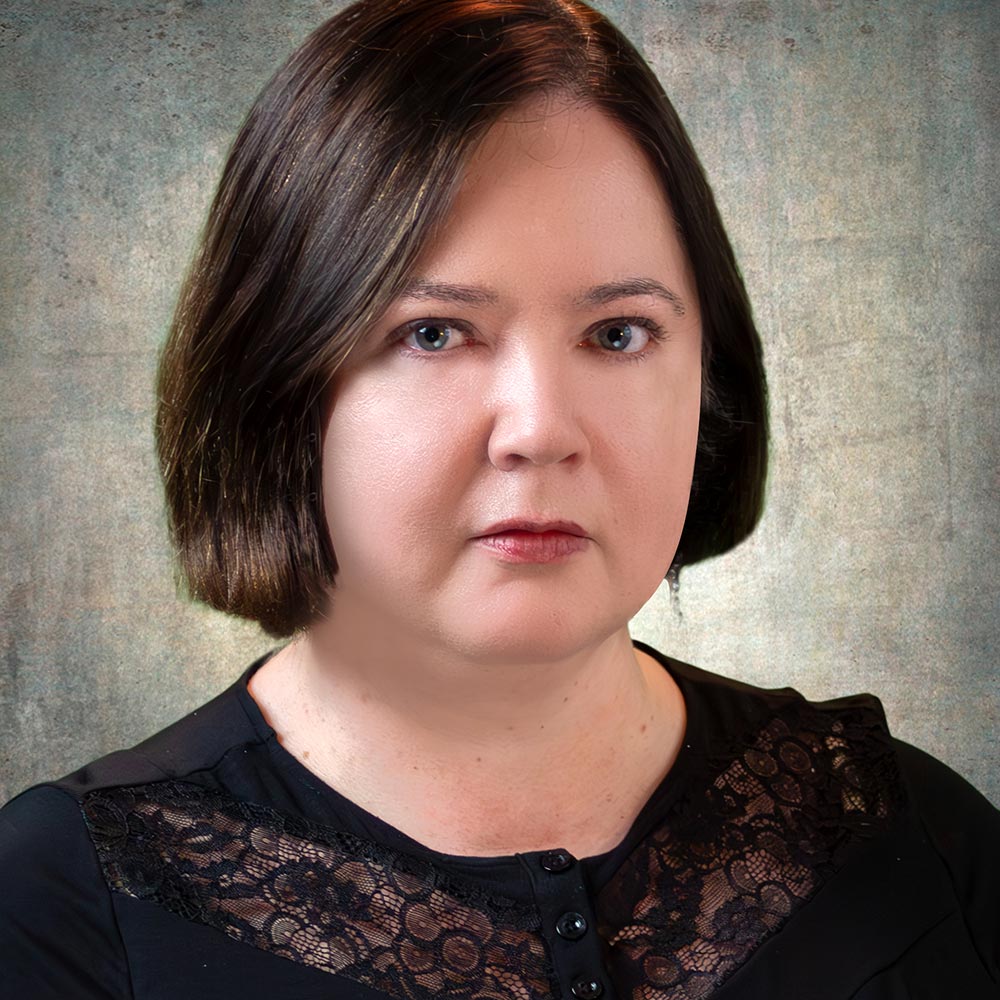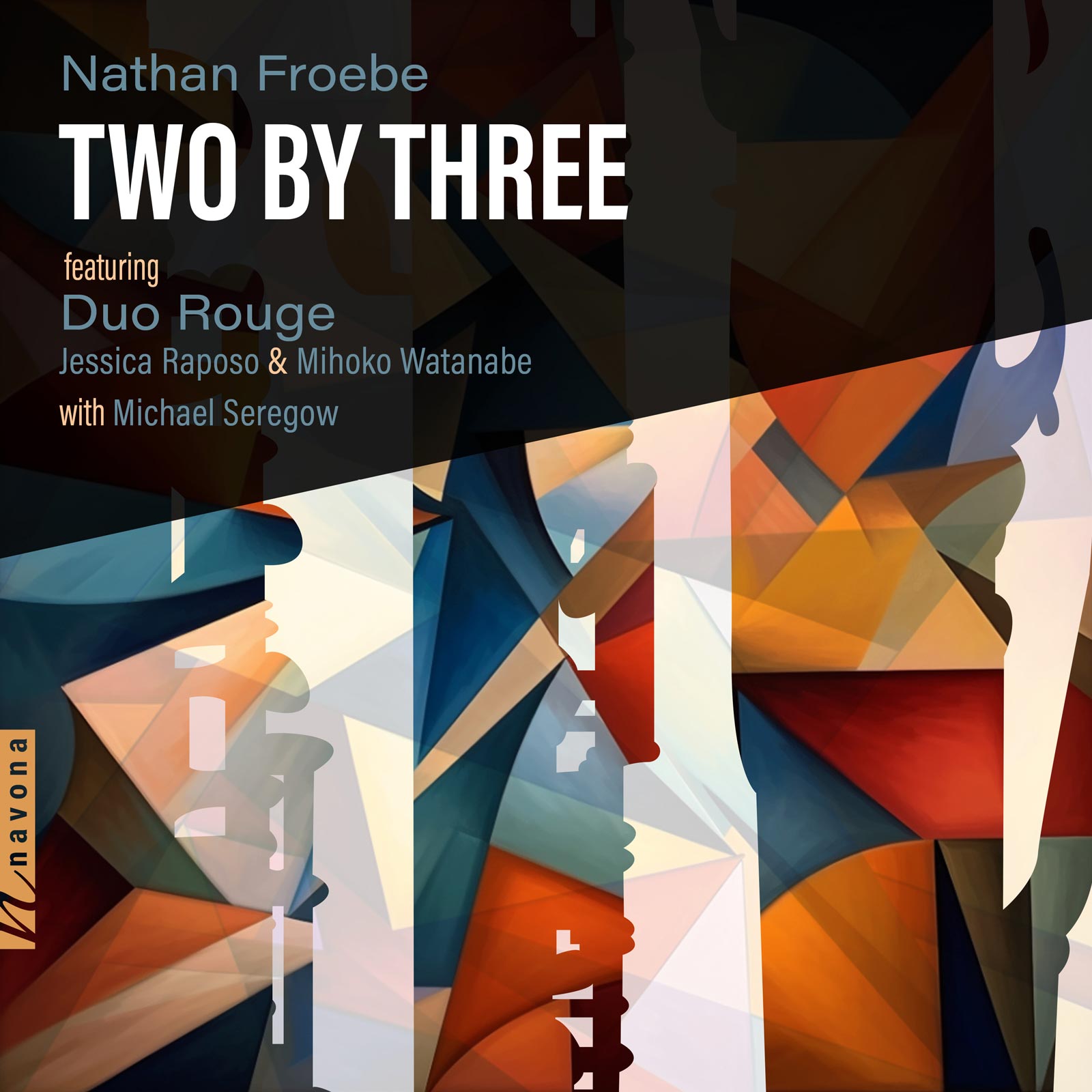Two by Three
Nathan Froebe composer
Duo Rouge
Jessica Raposo & Mihoko Watanabe flute, piccolo, alto flute
Michael Seregow piano
If there were two words to describe Nathan Froebe’s musical output, they would be: exuberant and ruminative. In fact, these two attributes might arrive at a tie on TWO BY THREE, a selection of energetic freetonal, programmatic pieces for a myriad of flutes and piano.
The thoughtful nature of these works is apparent even in their respective titles: Meditation, Three Scenes for Wind and Hammer, and Essay for Piccolo, Piano, and Alto Flute, to name but a few. Meticulously composed by Froebe and impeccably performed by flutists Jessica Raposo and Mihoko Watanabe with pianist Michael Seregow, TWO BY THREE sweeps through the mind like a fresh breeze on a crisp April morning.
Listen
Stream/Buy
Choose your platform
Track Listing & Credits
| # | Title | Composer | Performer | |
|---|---|---|---|---|
| 01 | Three Scenes for Wind and Hammer: I. Ice Sculptures | Nathan Froebe | Jessica Raposo, flute, piccolo; Michael Seregow, piano | 3:46 |
| 02 | Three Scenes for Wind and Hammer: II. Whispering Mines | Nathan Froebe | Jessica Raposo, flute, piccolo; Michael Seregow, piano | 4:25 |
| 03 | Three Scenes for Wind and Hammer: III. Forged in Flames | Nathan Froebe | Jessica Raposo, flute, piccolo; Michael Seregow, piano | 2:49 |
| 04 | Meditation 1 | Nathan Froebe | Mihoko Watanabe, flute | 3:09 |
| 05 | Meditation 2 | Nathan Froebe | Mihoko Watanabe, flute | 2:30 |
| 06 | Meditation 3 | Nathan Froebe | Mihoko Watanabe, alto flute | 2:42 |
| 07 | Commune | Nathan Froebe | Jessica Raposo, flute; Mihoko Watanabe, alto flute | 5:16 |
| 08 | Essay for Piano and Two C Flutes | Nathan Froebe | Jessica Raposo, Mihoko Watanabe - flute; Michael Seregow, piano | 9:21 |
| 09 | Essay for Piccolo, Piano, and Alto Flute | Nathan Froebe | Jessica Raposo, piccolo; Mihoko Watanabe, alto flute; Michael Seregow, piano | 6:36 |
| 10 | Essay for Two Flutists and Pianist | Nathan Froebe | Jessica Raposo, Mihoko Watanabe - flute, piccolo, alto flute; Michael Seregow, piano | 10:01 |
This project was supported in part by Indiana University’s Presidential Arts and Humanities Program.
Recorded August 2023 at Sursa Performance Hall at Ball State University in Muncie IN
Recording Session Producer & Engineer Christoph Nils
Mixing Christoph Nils
Mastering Melanie Montgomery
Executive Producer Bob Lord
VP of A&R Brandon MacNeil
A&R Danielle Sullivan
VP of Production Jan Košulič
Audio Director Lucas Paquette
VP, Design & Marketing Brett Picknell
Art Director Ryan Harrison
Design Morgan Hauber
Publicity Kacie Brown
Digital Marketing Manager Brett Iannucci
Artist Information

Nathan Froebe
Nathan Froebe (b.1983) is a composer, conductor, and music educator. Having written for band, chorus, orchestra, chamber settings, and electronic media, his works have been performed both nationally and internationally, and frequently appear as favorites in the Midwest. Additionally, his works have been featured at a number of festivals and conferences, including the North American Saxophone Alliance, the International Tuba-Euphonium Association, the National Flute Association, the International Trombone Festival, and the Society of Composers, Inc. Froebe’s works often focus on narrative design and gestural presentation, utilizing a harmonic palette that ranges from thorny chromaticism to exuberant lyricism.

Jessica Raposo
Dr. Jessica Raposo is Associate Professor of Music and Chair of the Fine and Performing Arts Department at Indiana University East in Richmond IN. An active solo and chamber musician in Indiana and Connecticut, recent projects include Duo Rouge, a flute duo performing on multiple flutes, and The Melba Project, a soprano/flute duo.

Mihoko Watanabe
A celebrated and versatile international flutist, Mihoko Watanabe has won competitions sponsored by both the Japan Flute Association and the National Flute Association (NFA) and has appeared in Japan, Israel, Canada, England, and the United States as a recitalist, chamber musician, orchestral musician, concerto soloist, educator, and ethnomusicologist.

Michael Seregow
Pianist Michael Seregow enjoys a multifaceted career as a performer, teacher, and recording artist. An avid chamber musician, he has received national and international recognition in addition to winning numerous prizes and competitions. In 2020 he was the winner of The American Prize in chamber music performance, and more recently in 2022 he was awarded 2nd prize in the Puerto Rico Center for Collaborative Piano’s International Collaborative Piano Competition.

